
Merry Xmas and Happy New Year to all of you. May 2008 bring tolerance, health, happiness to all of you, and peace to the world.
This blog is about technological innovation. RSS feed: http://www.rbenjamins.blogspot.com/atom.xml
The Science and Technology Committee of the House of Lords has published an extensive report on Personal Security on the Internet in the context of crime and organized abuse (pdf here). Their conclusion is that e-crime is increasing in a rapid way, but there is still time for governments to take appropriate action:
"The threat to the Internet is clear, but it is still manageable. Now is the time to act, both domestically, and internationally, through the European Union and through international organisations and partnerships."
Whatever measures (no measure is also a measure) are proposed, they will always provoke reactions that go in all directions: from "this will kill the spirit of Internet" to "this still will leave many security holes", and all positions in-between those extremes. Ideal policies do not exist; all of them have advantages and disadvantages. It is the weighing of those (dis)advantages that makes the policy. A useful question to ask oneself in such situations is: “What is worse?” which in this case translates to:
What is worse? Making Internet so secure that no abuse is possible, but that at the same time kills the proper nature of Internet? Or, keeping Internet open, thereby taking for granted that some abuse will occur?
How much abuse are we willing to tolerate? To what extent do we accept to limit new possibilities and opportunities offered by this new instrument, for the sake of security?
Those are the real questions, but there is nothing new to those questions. Politicians deal with them on a daily basis (not saying that they take the right decisions …)



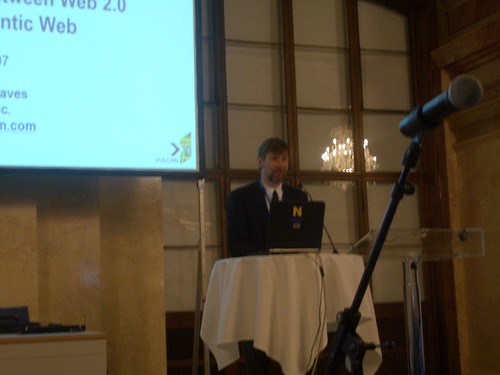
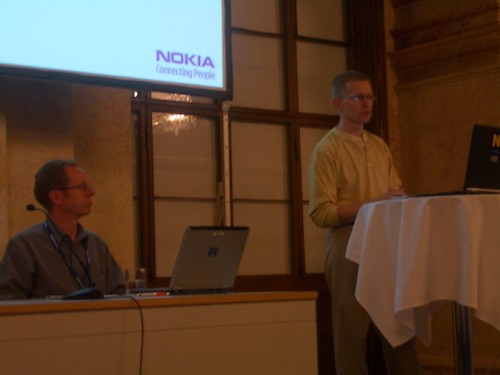
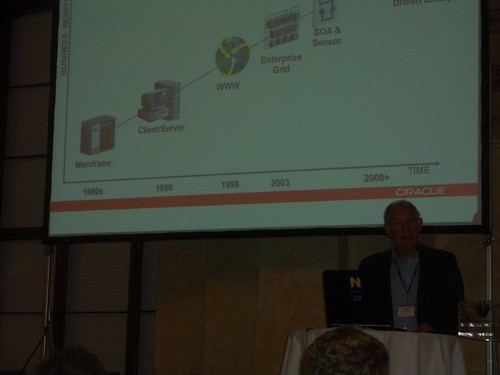
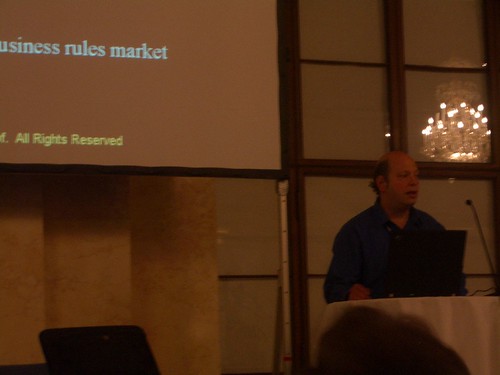
Enjoy!
While the note talks about those “shopping bots” for consumers, also providers (the businesses) may have interest in such tools for tracking their products at resellers’ sites and for automatically tracking their competitors’ products.
This trend is important for several reasons. For future providers of such web services, it creates new business models for companies who have invested significant budget in IT infrastructure. What was viewed as a necessary evil is turned into a new source of revenue.
The benefit for potential buyers/users of such web services, is that it frees them from having to think about and invest in IT and computing infrastructure. The barrier to start up an ecommerce business becomes lower, by making much more flexible and controllable the associated IT costs.
Although the amount of images considered is still limited (tens of thousands), the approach seems promising.
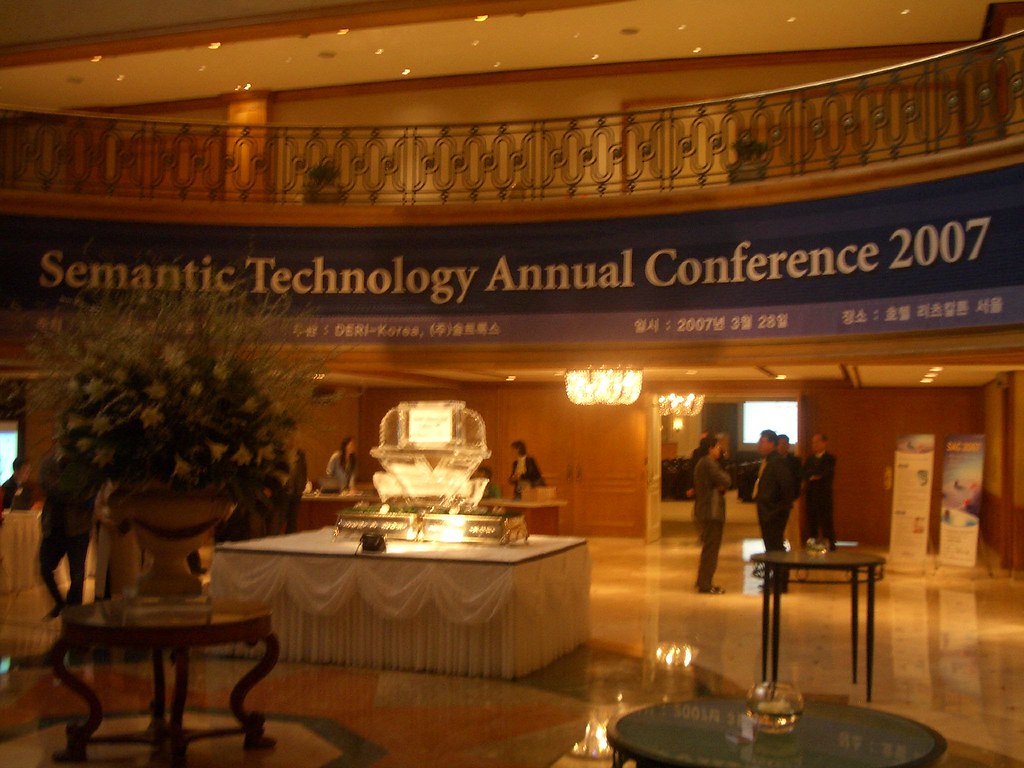 Yesterday, March 28, 2007 the South Korean Semantic Technology Annual Conference took place. Over 200 people attended, of which about 175 came from industry; a very good sign of industrial interest in corporate semantic web technology. The conferene was hosted by SemTech Korea and took place in the RitzCarlton Hotel en Seoul (see phote left). The conference was chaired by Dr. Lee, CEO of Saltlux.
Yesterday, March 28, 2007 the South Korean Semantic Technology Annual Conference took place. Over 200 people attended, of which about 175 came from industry; a very good sign of industrial interest in corporate semantic web technology. The conferene was hosted by SemTech Korea and took place in the RitzCarlton Hotel en Seoul (see phote left). The conference was chaired by Dr. Lee, CEO of Saltlux.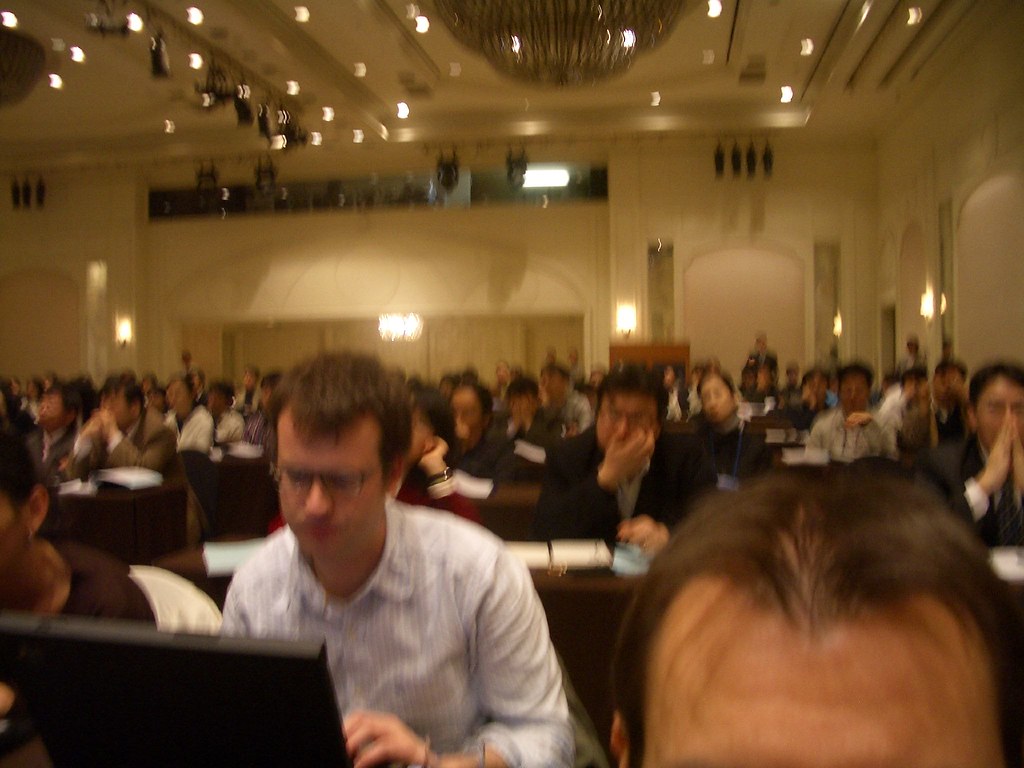

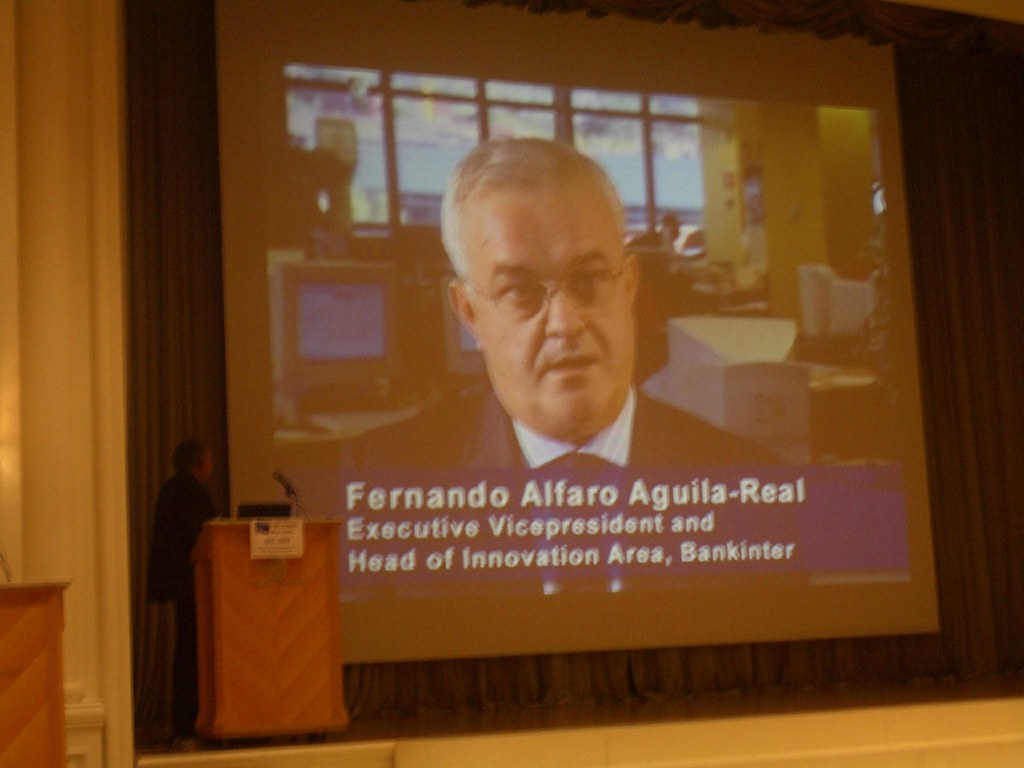

One of my principal activities these days is to bring Semantic Technology to markets and society in order to improve our (for the moment, professional) lives. This involves, among others, understanding of technology and market mechanisms, business insight and business development, and knowledge of processes related to innovation. Many times I find myself talking to people trying to convince them about the great things, the major leap forward, that this new technology can bring us. I am convinced myself; for sure. I often use the term: “to evangelize”, in analogy to the evangelists of the Bible.
Recently I found out that this is actually a know position in organizations, and I found a study that analyzes several important technology evangelists of Silicon Valley (I think Apple appointed the first one). The study can be found here, and I found the reference at the blog “How to Change the World” of Guy Kawasaki, quite an interesting and entertaining blog (e.g. check out the video on “The Art of the Start”).
The abstract of the study is as follows (taken from http://www.growthresourcesinc.com/TechEvan.pdf):
"The purpose of this study was to gain a clearer understanding of the relatively new phenomenon known as the "technology evangelist." By our exploration, we aim to help readers improve their management functions, and to understand how best to integrate “evangelists” within their organizations.
In order to do so, we analyzed the roles of those who hold this position and leadership styles. Our research included surveying and interviewing 29 technical evangelists worldwide from a variety of cultures and organizations.
Some general tendencies regarding the role did, indeed, emerge. However, we also discovered variable character, or personality, patterns among the participants. Therefore, we proceeded to examine the gap, between the role of the technology evangelist and the subject’s personal character.
We contrasted individual competencies with these character patterns, and created a grid to analyze their qualities of leadership. This paper includes our recommendations for recruiting, integrating, developing and managing the technology evangelists."
Enjoy!
